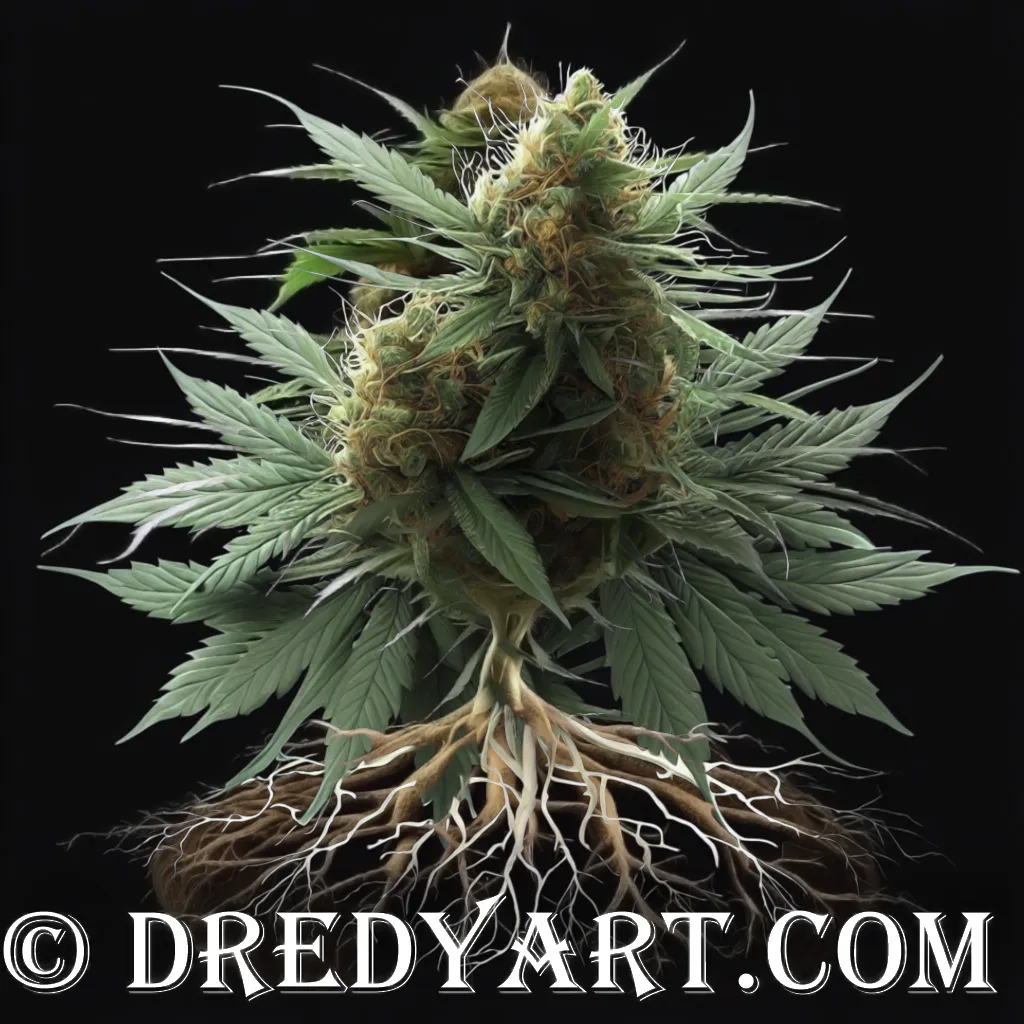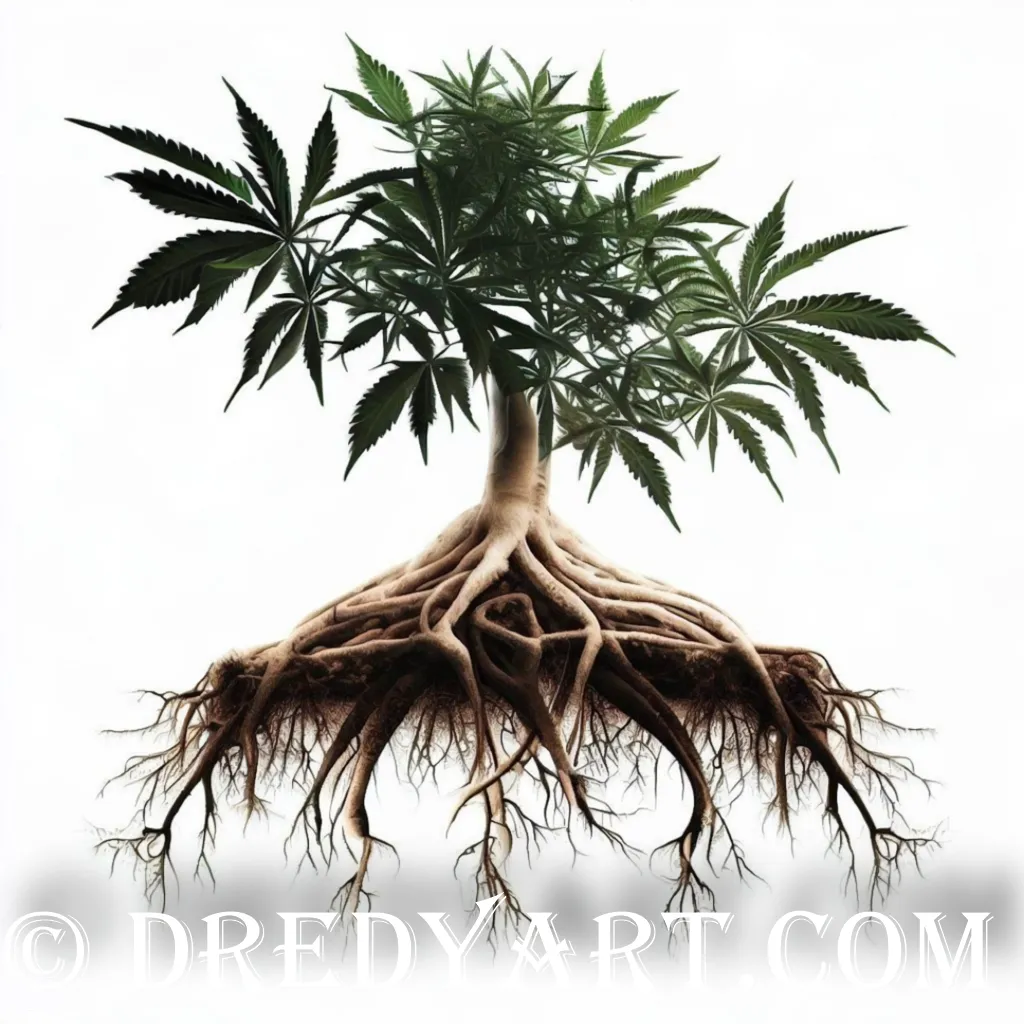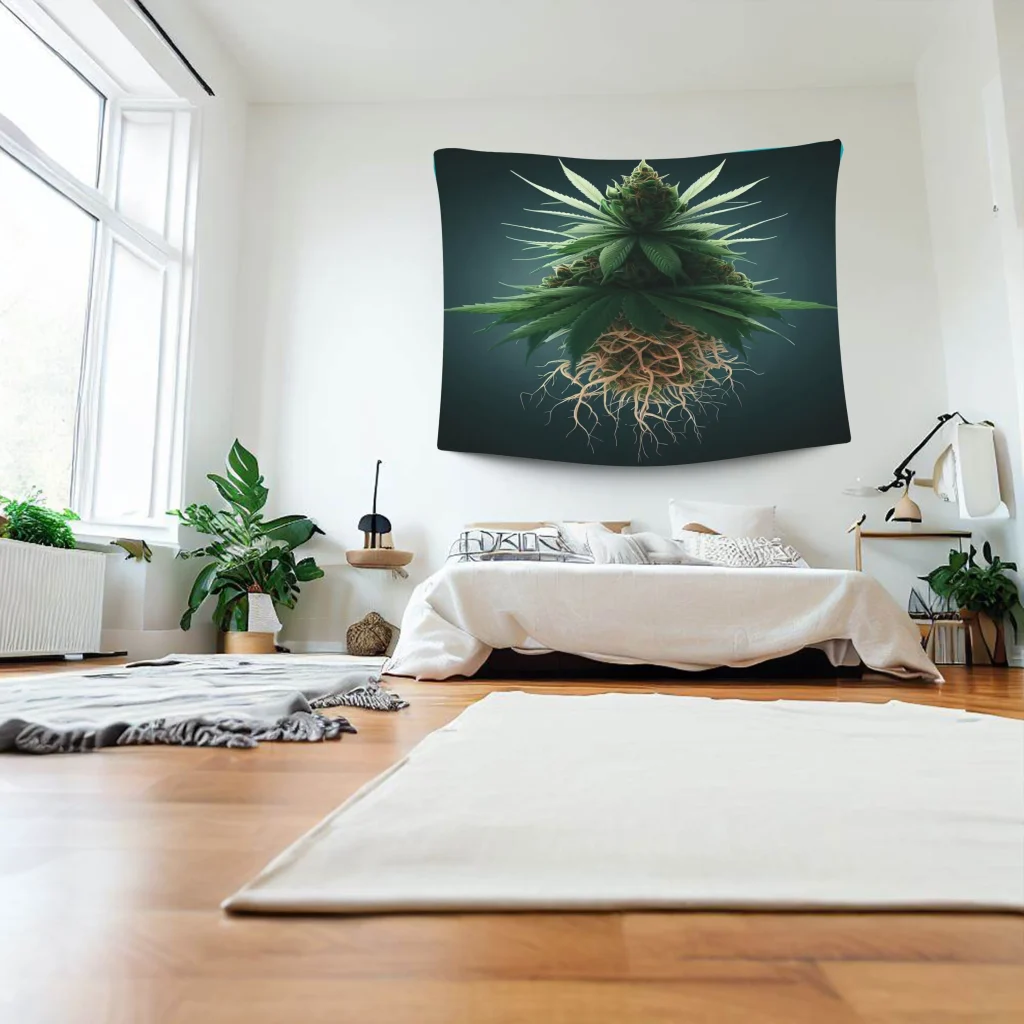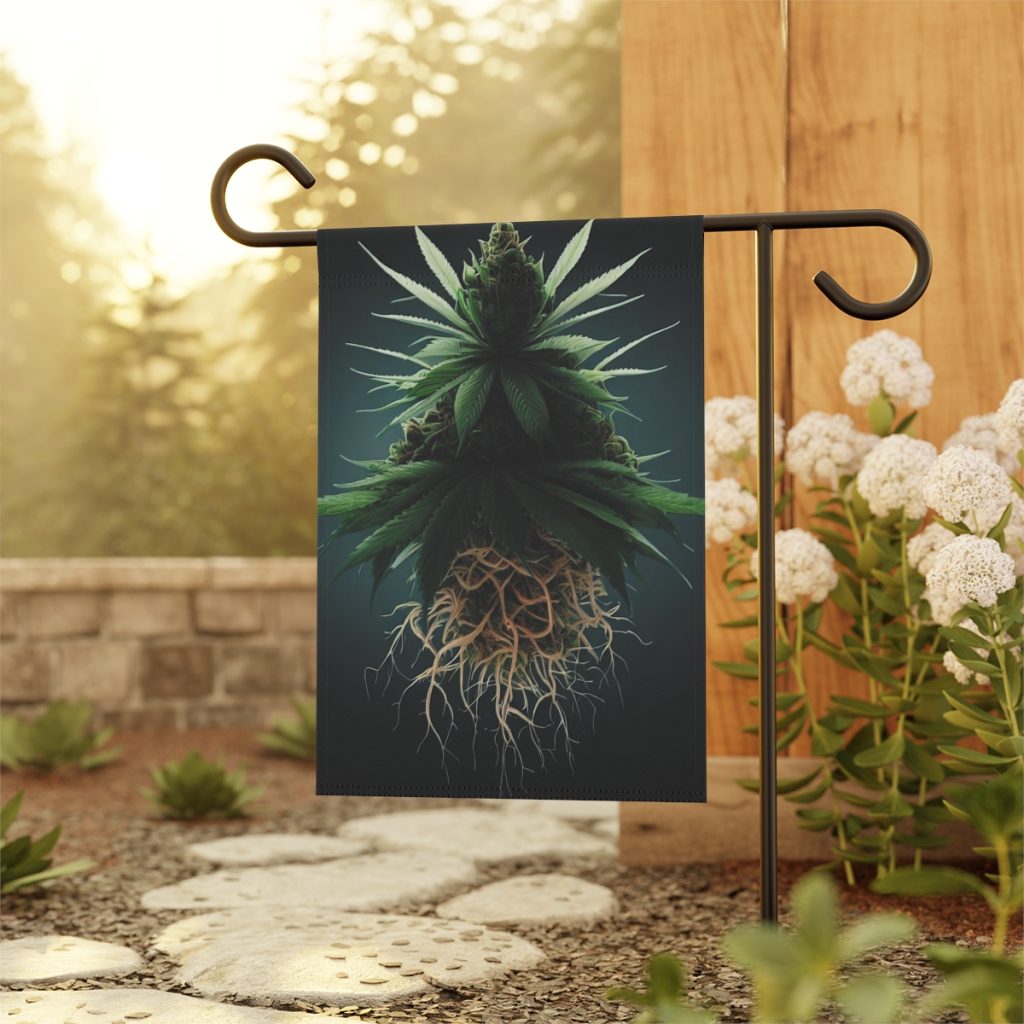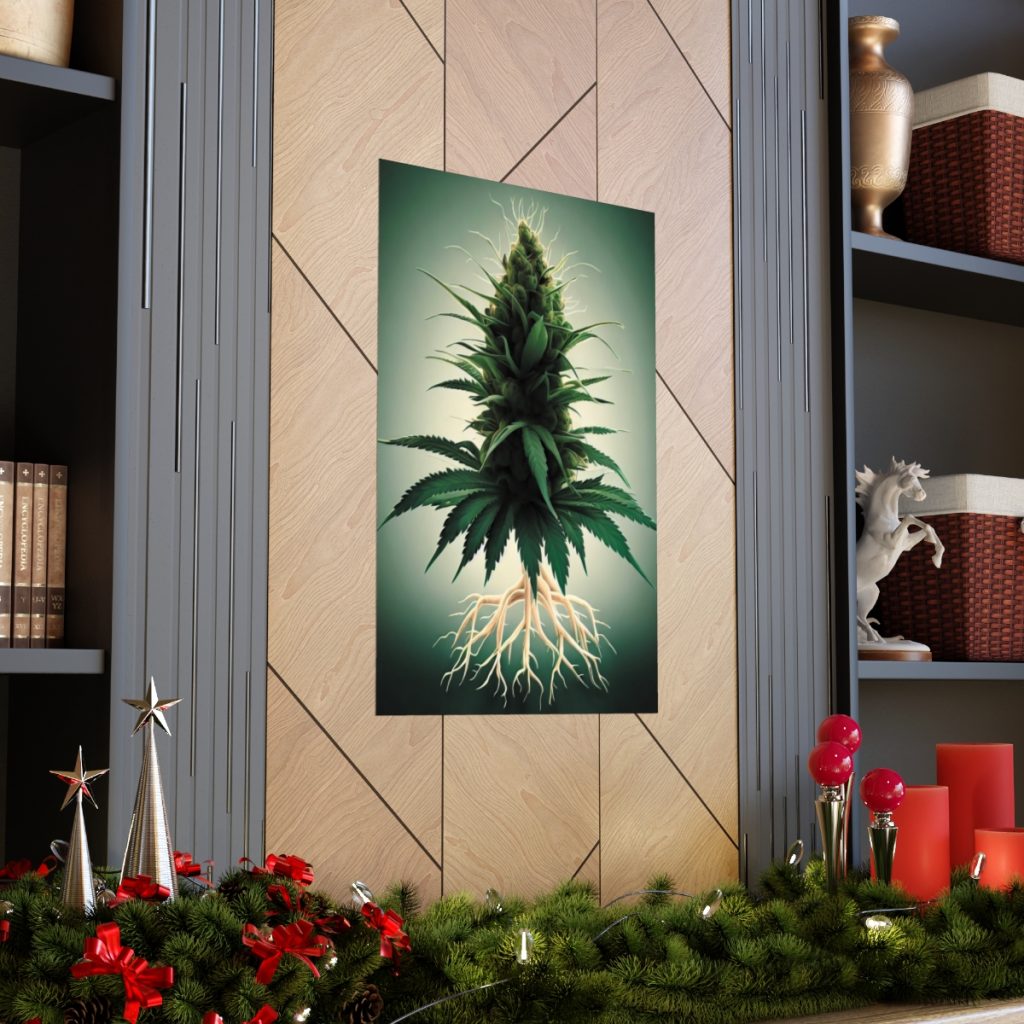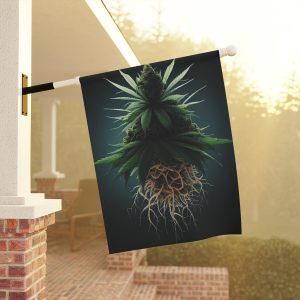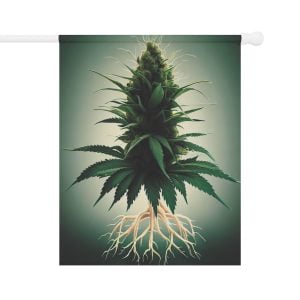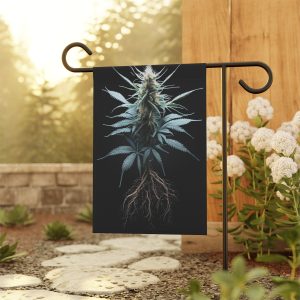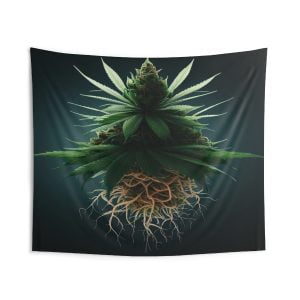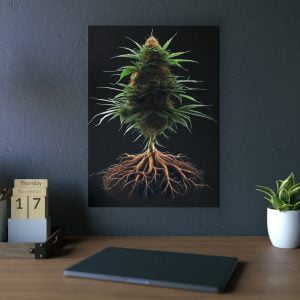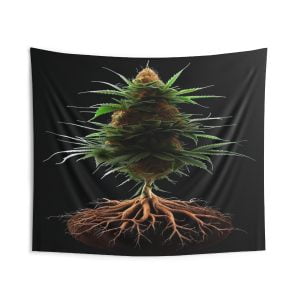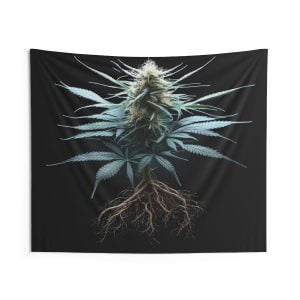Mastering Cannabis Tree Care
Have you ever wondered what it would be like of mastering your own cannabis tree care?

A cannabis tree is not a different species of cannabis, but a term used to describe a cannabis plant that grows tall and wide like a tree, with a thick trunk and multiple branches.
It is a rare and impressive sight that can produce massive yields of potent buds.
However, growing a cannabis tree is not as easy as it sounds. It requires a lot of space, time, and skill to achieve this feat.
In this blog post, we will explore the benefits, challenges, and tips for growing and caring for cannabis tree.
Whether you are a beginner or an expert, you will find something useful and interesting in this guide.
What is Cannabis Tree and How Does It Grow?
Cannabis tree is a concept that refers to a cannabis plant that has been trained and pruned to grow like a tree. It has a single main stem that supports multiple branches that spread out horizontally. The branches are then topped or fimming to create more shoots and buds.
The result is a large and symmetrical plant that resembles a tree in shape and structure
The growth of cannabis tree is influenced by several factors, such as genetics, environment, training, pruning, and harvesting.
Genetics plays a key role in determining the potential height, width, and growth rate of the plant.
Some strains are more suitable for growing as cannabis tree than others, especially those that have Sativa-dominant genes or Haze or Skunk lineage.

Environment also affects the growth of cannabis tree, as it provides the necessary conditions for light, temperature, humidity, and nutrients.
Indoor growers have more control over these factors than outdoor growers, but they also have more limitations in terms of space and height.
Training and pruning are essential techniques for shaping and optimizing the growth of cannabis tree. They help to control the size, productivity, and health of the plant by manipulating its branches and leaves.
Harvesting is the final stage of the growth cycle, where the buds are cut and dried to preserve their potency and flavor.
Cannabis tree differs from other types of cannabis plants in several ways:
For instance, bushy plants have multiple main stems that grow from the base of the plant, creating a dense and compact canopy.
Lanky plants have long and thin stems that stretch vertically, creating a sparse and uneven canopy.
Dwarf plants have short and stocky stems that grow close to the ground, creating a small and discreet canopy.
Cannabis tree has a balanced and proportional canopy that allows for better light penetration and air circulation.
What are the Benefits of Growing Cannabis Tree?
Cannabis is a versatile plant that can be grown in various ways, depending on the cultivator’s preferences and goals.
One of the most impressive and rewarding methods of growing cannabis is the Cannabis Tree, which involves training a single plant to grow into a large and bushy structure resembling a tree.
Growing the Cannabis Tree comes with a range of benefits that entice cultivators. The advantages are as diverse as the plant itself:
Higher Yield Potential: With more space for buds to flourish, Cannabis Trees have an exceptional yield potential. This means more harvest for your efforts.
A single Cannabis Tree can produce up to 1 kilogram of dried buds, depending on the strain and growing conditions. This is much more than the average yield of a regular cannabis plant, which is around 100 grams.
Optimal Light and Air: The spacious canopy of the Cannabis Tree allows for better light penetration and improved air circulation, which are crucial for bud development.
By pruning and trimming the lower branches, the cultivator can direct more energy and resources to the upper buds, which receive more light and produce higher quality.
The open structure also prevents mold and mildew from forming, as there is less humidity and more airflow in the plant.
Resistance to Pests and Disease: Thanks to their sturdy stems and robust branches, Cannabis Trees are more resilient against common pests and diseases, reducing the need for pesticides.
The thick bark of the stem protects the plant from insects and fungi, while the strong branches can withstand wind and rain. The height of the Cannabis Tree also makes it less accessible to animals that might nibble on the leaves or buds.
Aesthetic Appeal: Beyond its practical advantages, the Cannabis Tree’s unique structure adds an aesthetic charm to your cultivation space.
The Cannabis Tree can reach up to 2 meters in height and width, creating a majestic sight that will impress anyone who sees it. The colorful flowers and leaves of the Cannabis Tree also add to its beauty, especially during the flowering stage.
For those eager to try their hand at cultivating this extraordinary variety, strains like Haze, Skunk, or Sativa – dominant hybrids are excellent choices to consider. These strains have a high growth rate and a long flowering period, which are ideal for creating a Cannabis Tree.
However, any strain can be trained into a Cannabis Tree with proper care and patience. The result will be a rewarding and satisfying experience that will make you proud of your green thumb.
Some examples of cannabis strains that are suitable for growing as cannabis tree are:
What are the Challenges of Growing Cannabis Tree?
Growing cannabis tree is not without its challenges and risks. Some of the difficulties are:
Higher space and height requirements: Cannabis tree can grow very tall and wide, which can pose a problem for growers who have limited space or height in their grow area.
Indoor growers may need to invest in large pots, tents, lights, and fans to accommodate the plant. Outdoor growers may need to find a secluded and secure location to avoid detection and theft.
More labor and time involved: Cannabis tree requires more work and time than other types of cannabis plants due to its training and pruning techniques.
Growers need to monitor the plant’s growth and response, and adjust accordingly. They also need to spend more time and effort in harvesting, trimming, drying, and curing the buds.
More risk of detection and theft: Cannabis tree can be easily spotted by neighbors, authorities, or thieves due to its size and odor. It can attract unwanted attention and trouble for growers who are growing illegally or without proper permits.
It can also be stolen by opportunistic criminals who are looking for a quick profit.
Some solutions and alternatives for overcoming these challenges are:
Choosing a suitable indoor or outdoor location with enough space and privacy: Growers should choose a location that can provide enough space and privacy for their cannabis tree.
Indoor growers should use large pots, tents, lights, and fans that can fit the plant’s size and growth rate. Outdoor growers should use camouflage techniques, such as planting other crops or plants around the cannabis tree, to hide it from view.
Using appropriate techniques and tools for training, pruning, and harvesting: Growers should use the right techniques and tools for training, pruning, and harvesting their cannabis tree. They should start training early in the vegetative stage to avoid stress in the flowering stage. They should use sharp and sterile tools to avoid infection and damage. They should monitor the plant’s response and adjust accordingly.
Implementing odor control measures and security systems: Growers should implement odor control measures and security systems to protect their cannabis tree from detection and theft. They should use carbon filters, air purifiers, or ozone generators to reduce or eliminate the smell of the plant. They should use locks, alarms, cameras, or fences to deter or prevent intruders from accessing the plant.
How to Train Cannabis Tree for Optimal Growth and Yield?
Training is a critical aspect of cultivating a thriving Cannabis Tree. It involves shaping the plant to maximize its growth and yield potential.
Several training methods can be employed, each with its own advantages and challenges. In this article, we will explore some of the most common and effective techniques for training a Cannabis tree.
Topping:
This technique involves removing the top of the main stem to encourage lateral growth and the development of multiple main branches.
Topping can be done as early as the third or fourth node, or later depending on the desired height and shape of the plant. Topping can increase the number of colas (clusters of buds) and create a more balanced and symmetrical canopy.
However, topping also creates an open wound that can expose the plant to infection and stress, so it should be done carefully and sparingly.
Fimming:
Fimming takes it a step further by cutting off most of the top of the main stem to stimulate the growth of multiple new shoots. Fimming can produce up to four new branches from one cut, creating a bushier and fuller plant. Fimming can also be repeated on the new branches to create even more colas.
However, fimming is more stressful than topping and requires more recovery time for the plant.
Low-Stress Training (LST):
LST involves gently bending and tying down branches to create a more horizontal canopy, ensuring that all parts of the plant receive adequate light. LST can be done throughout the vegetative stage and even during early flowering, as it does not cause much stress or damage to the plant. LST can improve light distribution, airflow, and yield without affecting the plant’s health or growth rate.
However, LST requires more space and maintenance than other methods, as the branches need to be constantly adjusted and secured.
High-Stress Training (HST):
HST techniques, such as branch breaking or cutting, induce stress in the plant, prompting vigorous growth in response. HST can be used to manipulate the shape and size of the plant, as well as to increase its resin production and potency. HST can also help prevent stretching during flowering by keeping the plant compact and dense.
However, HST is risky and should only be done by experienced growers, as it can severely harm or kill the plant if done incorrectly or excessively.
Screen of Green (SCROG):
SCROG involves using a screen or net to train branches, spreading them out evenly to create a flat and productive canopy. SCROG can be combined with topping or fimming to create multiple main branches that are then woven through the screen. SCROG can optimize light exposure, bud formation, and yield by creating a uniform layer of colas. However, SCROG is labor-intensive and time-consuming, as it requires constant monitoring and manipulation of the branches.
Successful training should begin in the vegetative stage to avoid stress during flowering.
Pruning tools should be sharp and sterile to prevent damage and infection. Continuous monitoring of the plant’s response is crucial for adjusting the training approach as needed.
Training a Cannabis Tree can be a rewarding and fun experience that will enhance your cultivation skills and results.
By choosing the right method for your goals and preferences, you can create a stunning and bountiful Cannabis Tree that will make you proud.
Happy growing!
How to Prune Cannabis Tree for Better Health and Quality?
Pruning is a key practice to ensure the health and quality of your Cannabis Tree. Pruning involves the selective removal of unwanted or unhealthy growth, which can improve the plant’s appearance, performance, and yield.
Here are some common types of pruning for Cannabis Trees:
Defoliation: This involves removing excess leaves to enhance light penetration and air circulation within the canopy, which promotes bud development. Defoliation can also prevent pests and diseases from hiding or spreading among the leaves. Defoliation should be done gradually and carefully, as overdoing it can stress the plant and reduce its photosynthesis.
A good rule of thumb is to remove no more than 20% of the leaves at a time.
Lollipopping: Lollipopping entails removing lower branches and leaves to direct the plant’s energy toward upper buds, resulting in higher-quality top colas. Lollipopping can also improve airflow and light exposure at the base of the plant, preventing mold and mildew from forming.
Lollipopping should be done before flowering or during the first two weeks of flowering, as later pruning can affect bud formation and potency.
Topping (Selective): Selective topping can prevent top buds from becoming too heavy or airy by removing excessive growth. Topping can also create more colas and increase yield potential by stimulating lateral branching. Topping should be done only on healthy and vigorous plants, as it can slow down their growth and recovery. Topping should also be avoided during flowering, as it can reduce the quality and quantity of buds.
When pruning, it’s essential to strike a balance between maintaining the plant’s health and optimizing bud production.
Pruning should typically occur during the vegetative stage or early flowering to minimize the impact on bud development.
Gradual pruning allows the plant to recover without undue stress.
Pruning tools should be sharp and sterile to prevent damage and infection. Pruning should be done with care and caution, as excessive or improper pruning can harm or kill the plant.
Pruning a Cannabis Tree can be a rewarding and beneficial experience that will enhance your cultivation skills and results. By choosing the right type and timing of pruning for your goals and preferences, you can create a healthy and productive Cannabis Tree that will make you proud.
Happy pruning!
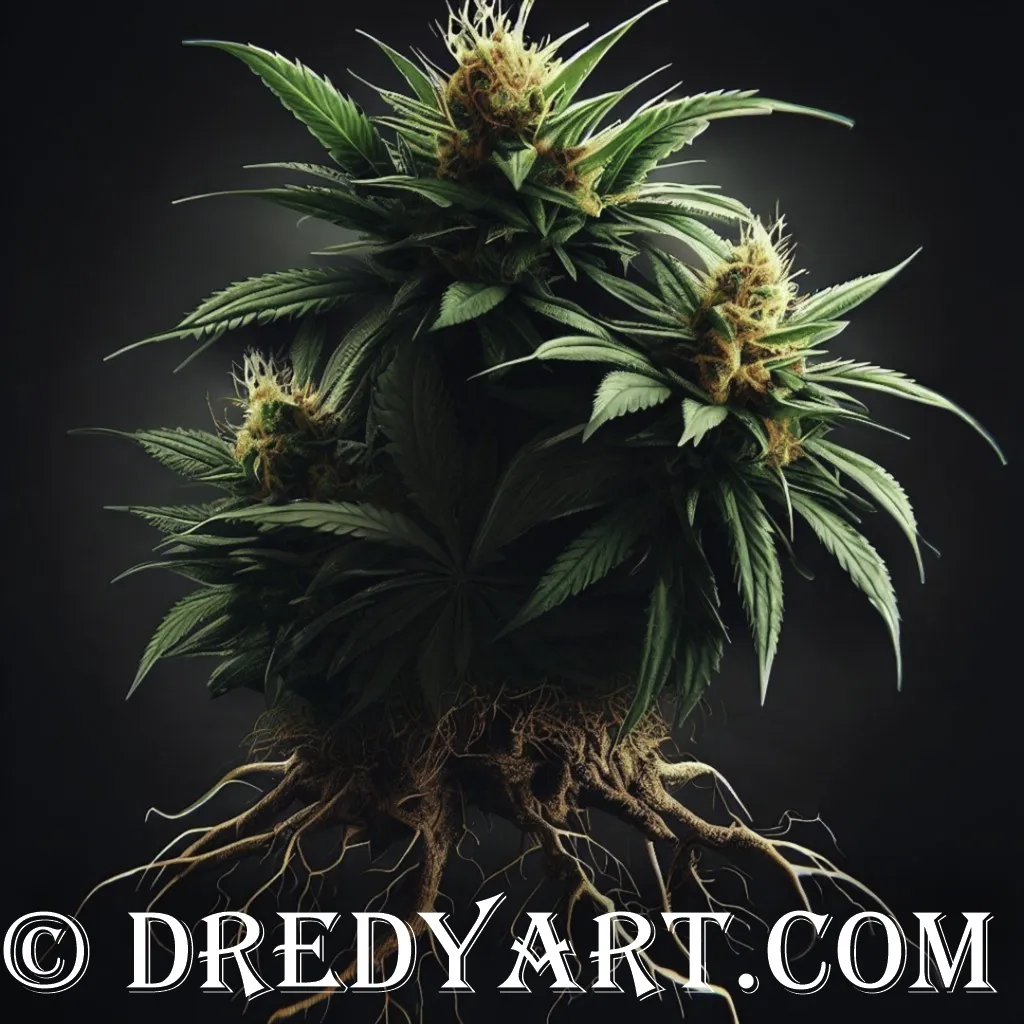
Some tips and best practices for pruning cannabis tree are:
Prune sparingly and selectively to avoid over-pruning and stress. The plant needs some leaves and stems to perform photosynthesis and transpiration, which are essential for its growth and health. Over-pruning can cause stress and shock to the plant, which can affect its growth and health.
Prune during the vegetative stage or early flowering stage to avoid affecting bud development. The plant is more resilient and adaptable in the vegetative stage or early flowering stage, which makes it easier to prune and heal. Pruning in the late flowering stage can affect bud development and quality, as the plant has less time and energy to recover.
Prune in stages to allow the plant to recover. The plant needs some time and energy to heal from pruning, which can slow down its growth rate. Pruning in stages can allow the plant to recover faster and better, as it has less wounds to heal at a time.
How to Harvest Cannabis Tree for Maximum Potency and Flavor?
Harvesting the Cannabis Tree is a critical step to ensure maximum potency and flavor in your buds. Timing and technique are crucial factors in this process.
Here’s what you need to know:
Signs of Maturity: To determine when it’s time to harvest, pay attention to signs like trichome color change (from clear to cloudy to amber), pistil color change (from white to orange to brown), and leaf color change (from green to yellow to brown).
These signs indicate the level of cannabinoid and terpene production in the buds, which affects their potency and flavor.
Generally, harvesting when most trichomes are cloudy and some are amber will result in the highest potency and a balanced effect. Harvesting earlier or later will affect the type and intensity of the effect, as well as the taste and aroma of the buds.
Trichome color:
Trichomes are microscopic resin glands that cover the buds and produce cannabinoids, terpenes, and flavonoids.
They change color from clear to cloudy to amber as they mature, indicating different levels of potency and effect.
Clear trichomes are immature and have low potency; cloudy trichomes are mature and have high potency; amber trichomes are overripe and have lower potency but more sedative effect.
Growers can use a magnifying glass or a microscope to observe the trichome color and decide when to harvest according to their preference.
Pistil color:
Pistils are hair-like structures that emerge from the buds and collect pollen. They change color from white to orange to brown as they mature, indicating different stages of flowering.
White pistils are immature and have low potency; Orange pistils are mature and have high potency; Brown pistils are overripe and have lower potency but more flavor.
Growers can use their eyes or a camera to observe the pistil color and decide when to harvest according to their preference.
Leaf color:
Leaves are the main organs of photosynthesis and transpiration in the plant. They change color from green to yellow to brown as they mature, indicating different levels of nutrient uptake and metabolism.
Green leaves are healthy and have high nutrient levels; yellow leaves are deficient and have low nutrient levels; brown leaves are dying and have no nutrient levels.
Growers can use their eyes or a camera to observe the leaf color and decide when to harvest according to their preference.
There are different steps of harvesting cannabis tree, such as:
Cutting down the whole plant or individual branches:
Growers can choose to cut down the whole plant or individual branches depending on their space, time, and preference.
Cutting down the whole plant can be faster and easier, but it can also cause more stress and damage to the plant. Cutting down individual branches can be slower and harder, but it can also allow for more gradual and selective harvesting.
Trimming off excess leaves and stems:
Growers can choose to trim off excess leaves and stems from the buds before or after drying depending on their space, time, and preference.
Trimming before drying can be faster and easier, but it can also cause more loss of trichomes and flavor. Trimming after drying can be slower and harder, but it can also preserve more trichomes and flavor.
Drying in a dark, cool, and ventilated area:
Growers can choose to dry the buds in a dark, cool, and ventilated area for about 7 to 10 days depending on their humidity, temperature, and preference.
Drying is essential for reducing the moisture content of the buds, which can prevent mold and mildew from forming. Drying is also important for enhancing the potency and flavor of the buds, as it allows for the conversion of THC-A into THC and terpenes into esters.
Curing in airtight containers in a dark, cool, and humid area:
Growers can choose to cure the buds in airtight containers in a dark, cool, and humid area for about 2 to 4 weeks depending on their humidity, temperature, and preference.
Curing is optional but recommended for improving the quality and longevity of the buds. Curing is beneficial for stabilizing the moisture content of the buds, which can prevent overdrying or rehydrating. Curing is also beneficial for enhancing the potency and flavor of the buds, as it allows for the degradation of chlorophyll and sugars into cannabinoids and terpenes.
Some tips and best practices for harvesting cannabis tree are:
Harvest in the morning or evening to avoid heat and light stress.
The plant is more relaxed and less active in the morning or evening, which makes it easier to harvest without causing stress or damage. Harvesting in the heat or light can cause stress or damage to the plant, which can affect bud quality and quantity.
Harvest gradually from top to bottom to allow lower buds to ripen more.
The top buds tend to mature faster than the lower buds due to their exposure to more light. Harvesting gradually from top to bottom can allow lower buds to ripen more by receiving more light after the top buds are removed.
Harvest carefully to avoid damaging or contaminating buds. The buds are delicate and sensitive, which makes them prone to damage or contamination from physical contact or environmental factors. Harvesting carefully can avoid damaging or contaminating buds by using gentle movements, clean tools, gloves, scissors, bags, etc.
Conclusion
Growing cannabis tree is an exciting and rewarding experience for growers who are looking for high yield, quality, and aesthetics. It involves growing a cannabis plant that resembles a tree in shape and structure by using various techniques such as training, pruning, and harvesting.
It also involves overcoming various challenges such as space, time, risk, and legal issues by using various solutions such as choosing a suitable location, using appropriate tools, implementing odor control measures, checking local laws etc.
Whether you are a beginner or an expert, you can grow your own cannabis tree by following this guide. You can experiment with different strains, methods, and techniques to find what works best for you. You can enjoy the process and the results of growing cannabis tree by observing its growth and development.
You can share your experiences and feedback with other cannabis enthusiasts by commenting below👇

